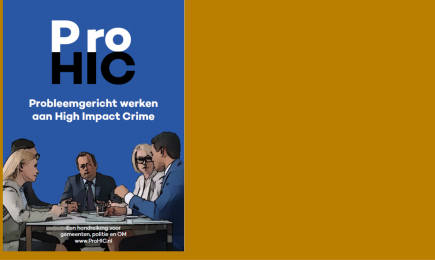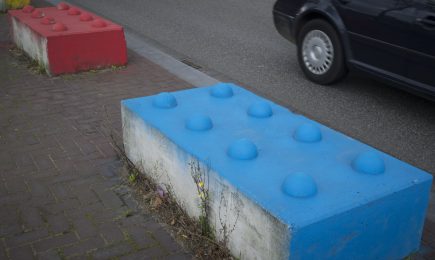During an unusually sunny week in February, the Cutting Crime Impact (CCI) project partners gathered in the offices of the DSP-groep in Amsterdam.
Originally squatted in the 1980s, then bought for the princely sum of one Guilder by DSP co-founder Bram van Dyke, the beautiful old coffee and cocaine warehouse proved a fitting venue for the first design training event of CCI. Bram commented, “It was the best spent Guilder in history. Most probably the value of the building is now more than 30 million Euro (the equivalent of 64 million Guilder).”Now in cooperative ownership, the building is home to a wide range of creative enterprises. As Paul van Soomeren of DSP jokes, “We are like Asterix’s village in a sea of gentrification!”
Facilitated by the University of Salford’s Design Against Crime Solution Centre, the training workshops introduced partner law enforcement agencies (LEAs) to methods and tools. These will support the CCI partners on their three-year mission to boldly go where few LEAs have gone before — into the so-called “fuzzy front-end” of the design development process.
The two-day event provided partners with methods and tools to conduct requirements capture research and explore their area of interest. This research forms the foundation of partners’ design development work, ensuring it is built on a rich understanding of end-user needs and requirements. This is key to the success of the final toolkits developed by the CCI project, which adopts a bottom-up approach to both problem framing and solution design.
CCI Project Coordinator, Professor Caroline Davey said, “CCI departs from previously more technology-focussed EU security projects, and adopts a human-centred design approach to support LEAs in addressing real-world problems affecting citizens’ daily lives.”
Thirty members of the CCI consortium collaborated in three workshop sessions. These introduced LEA partners to methods for visualising their working processes in the four CCI focus areas, identifying stakeholders, and drafting ideas for research and further exploration they will undertake in the coming months. The results of this work will form the raw material for CCI DesignLabs to be held in Salford, UK, in September, for development of solution directions.
 en
en






